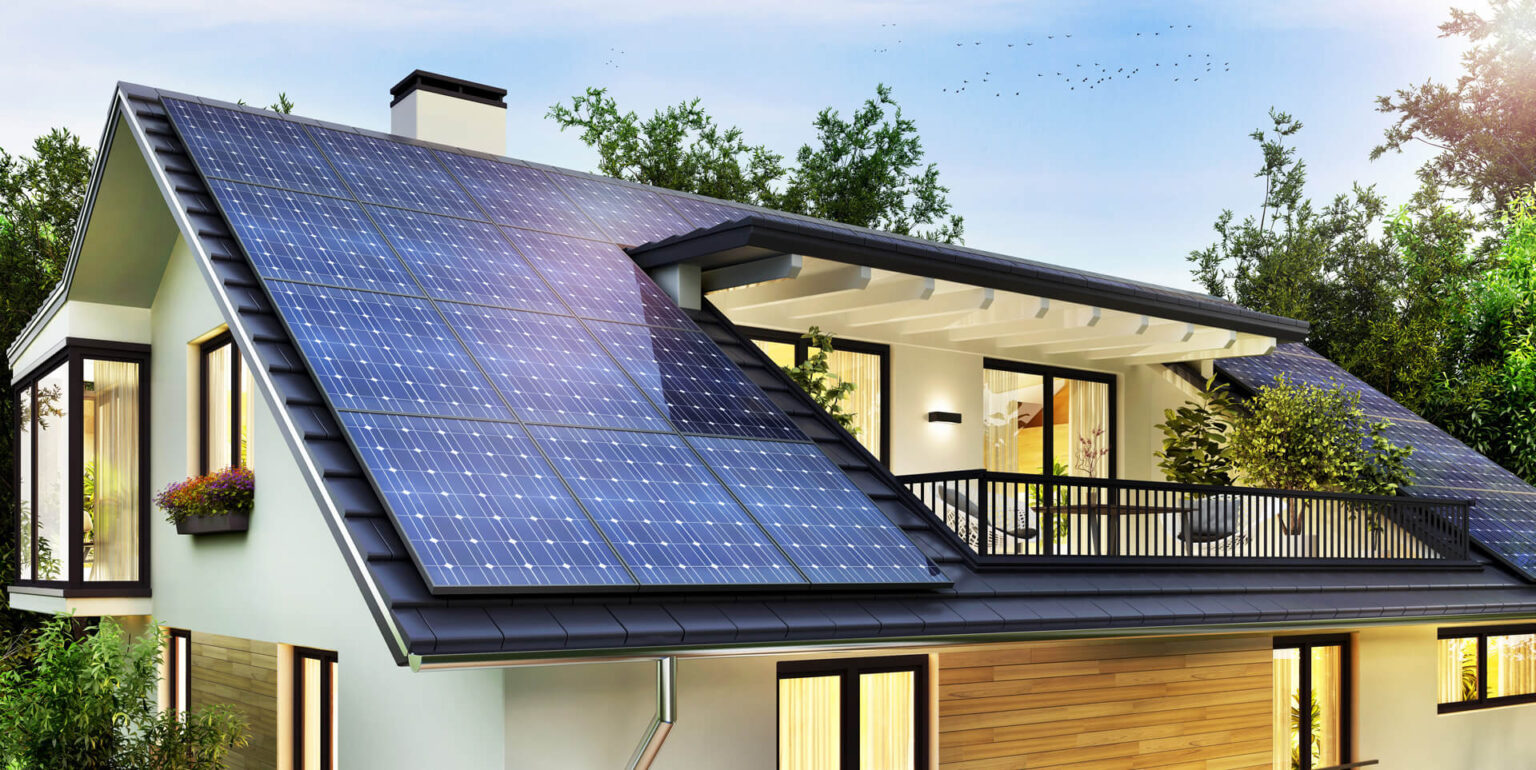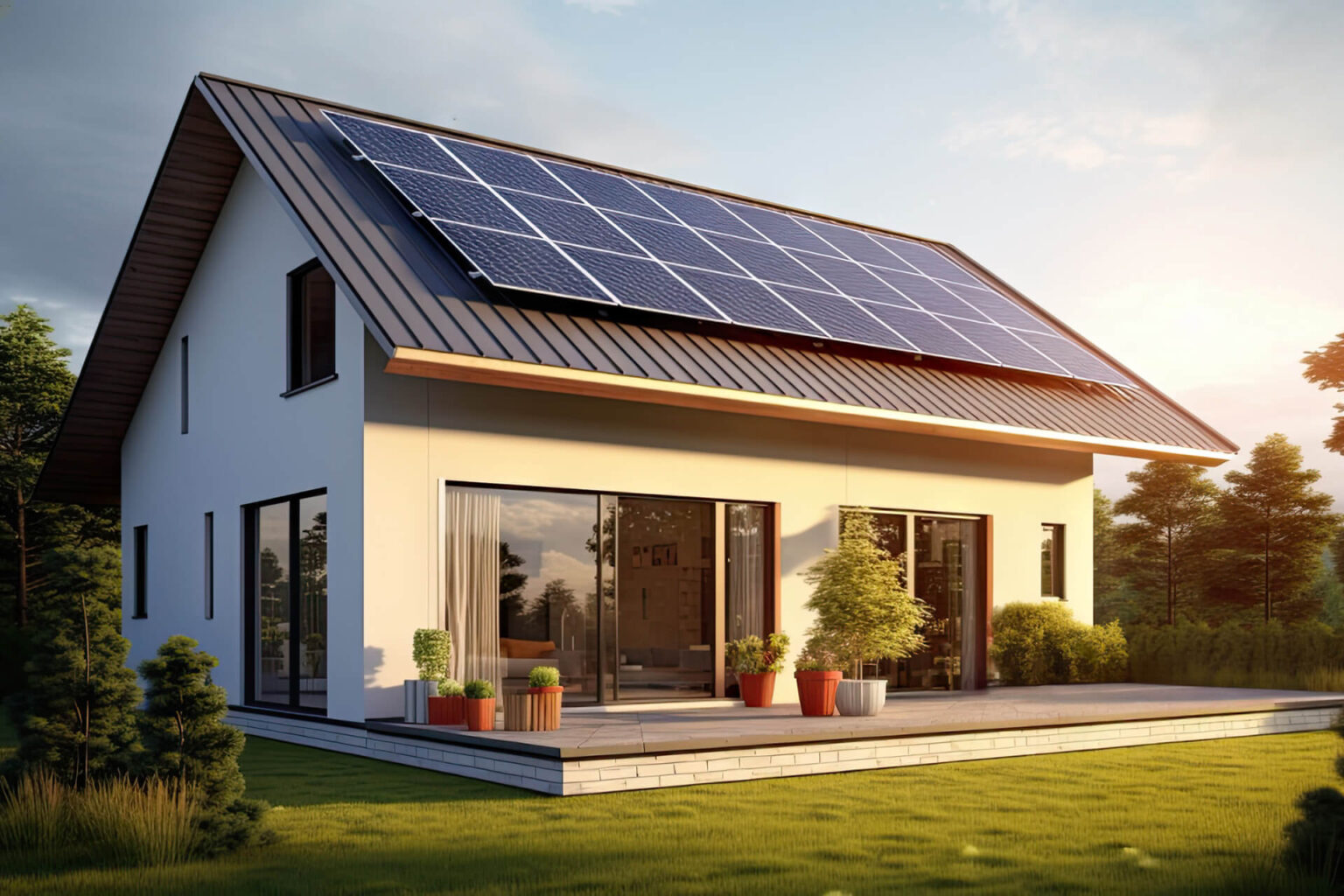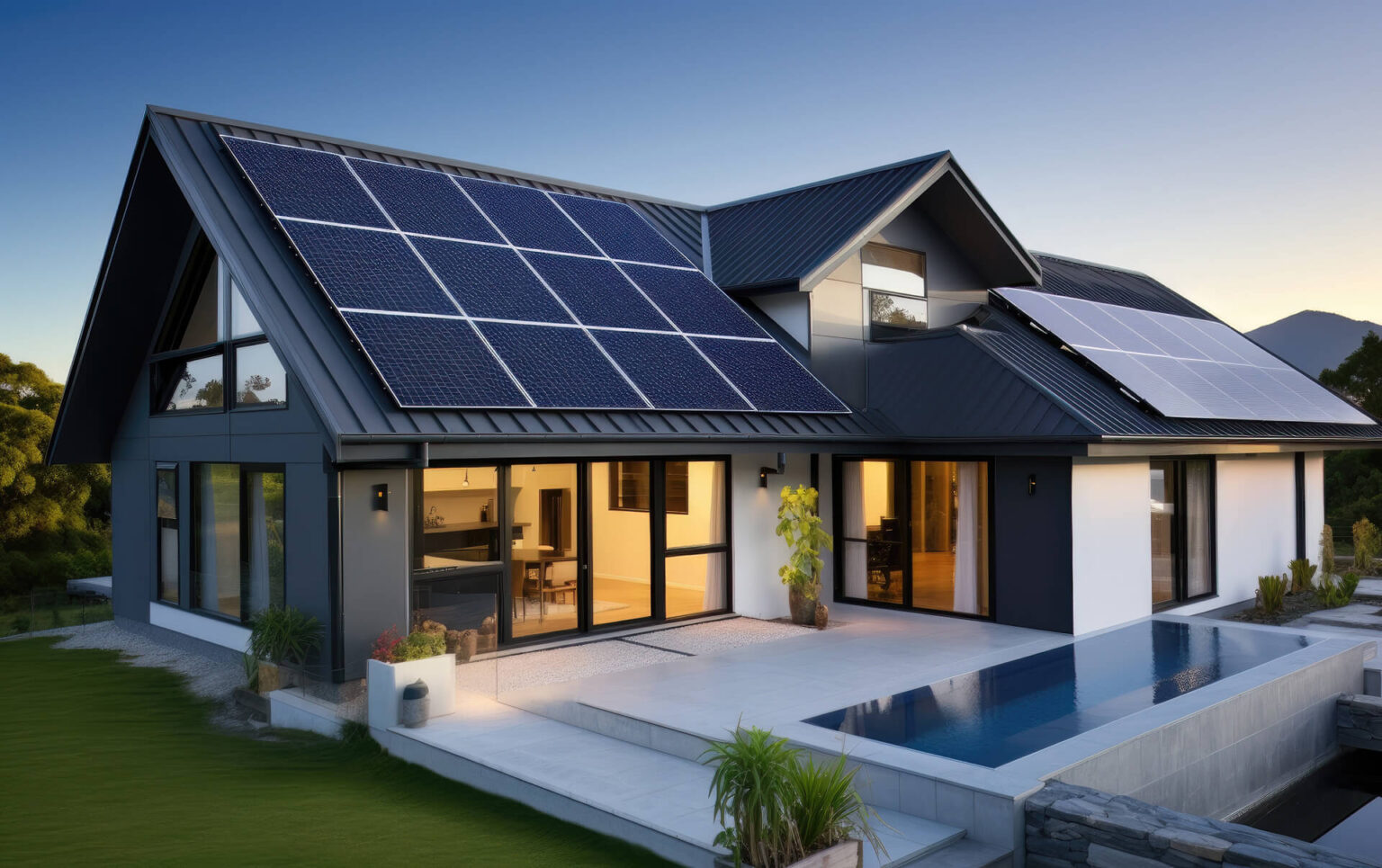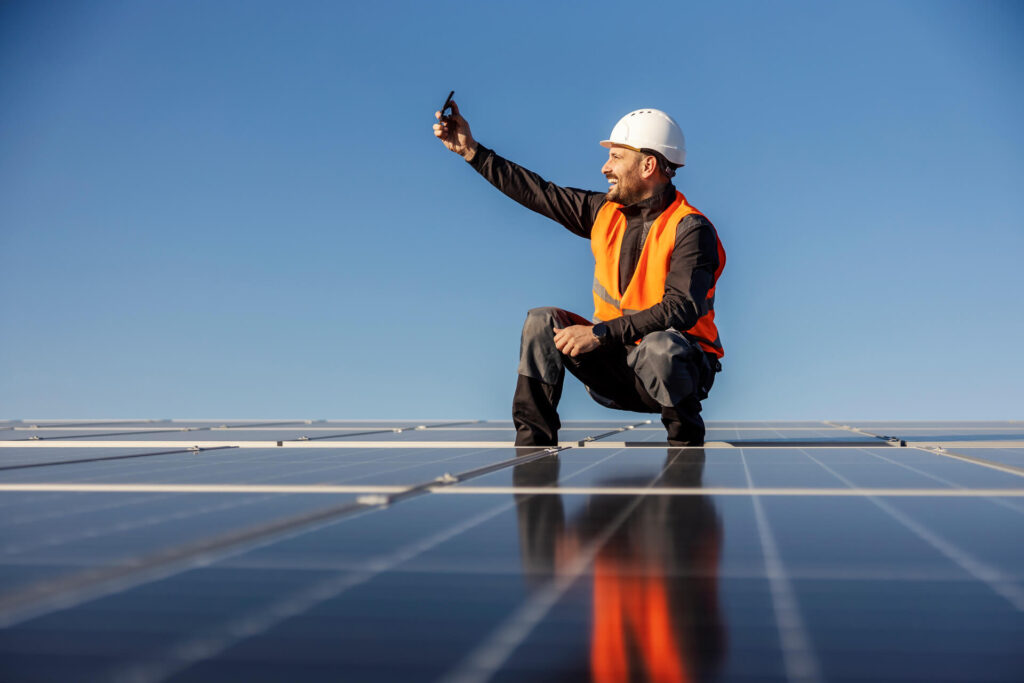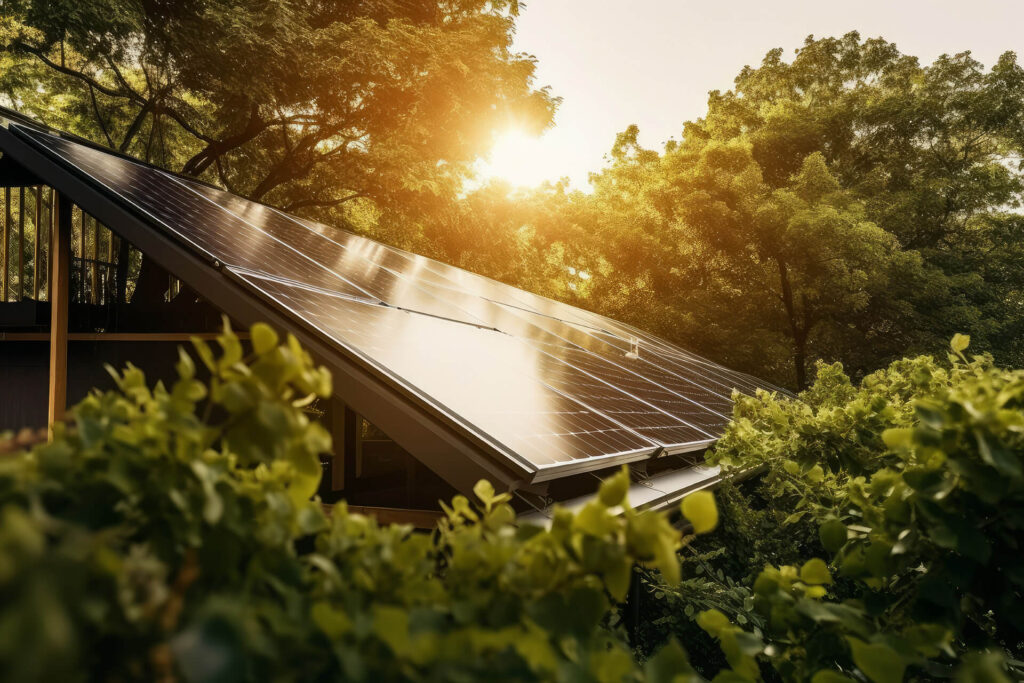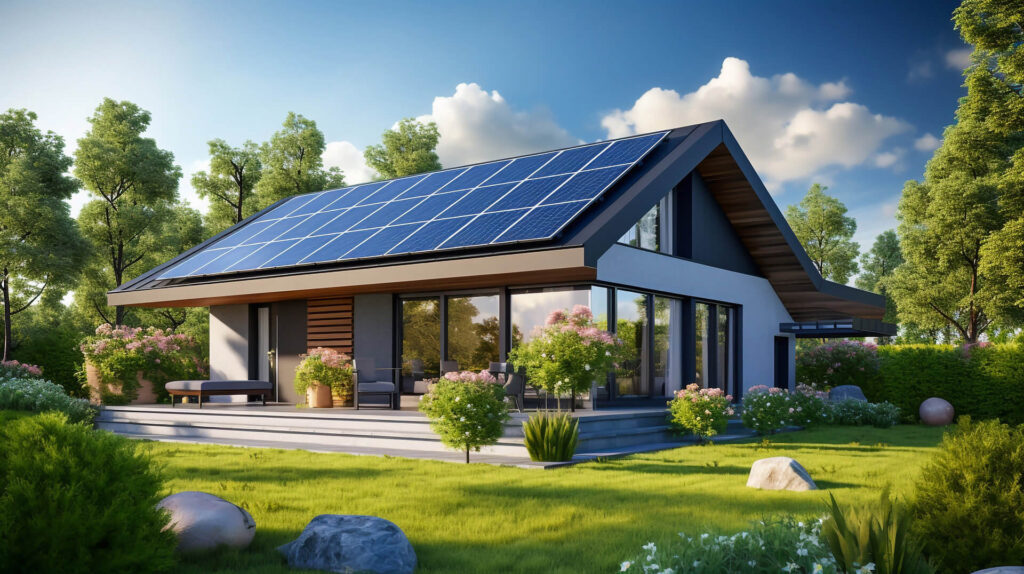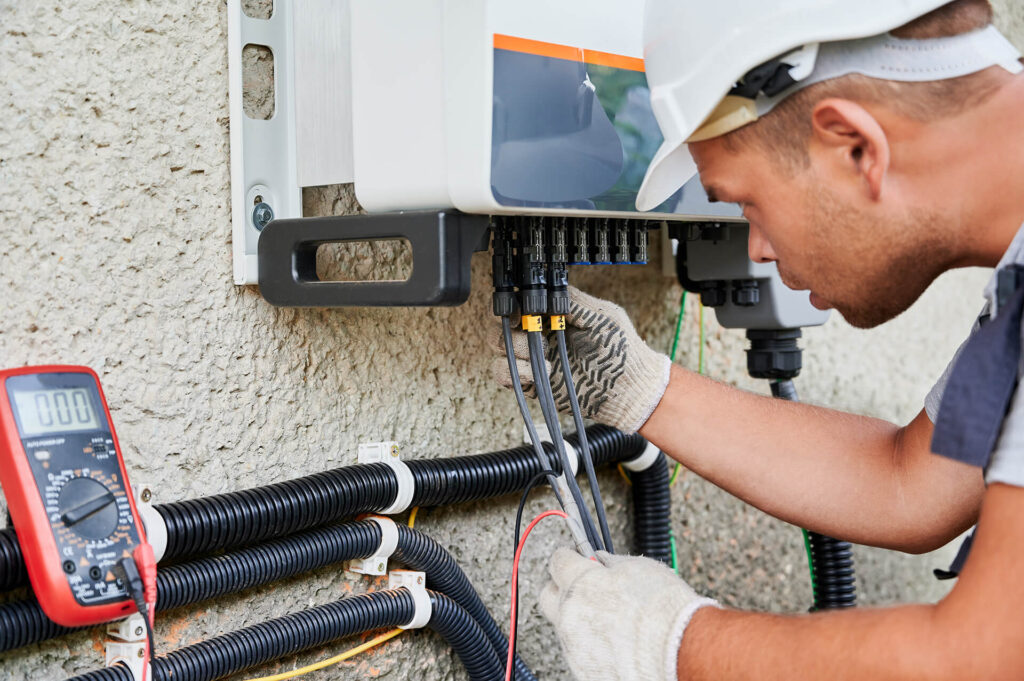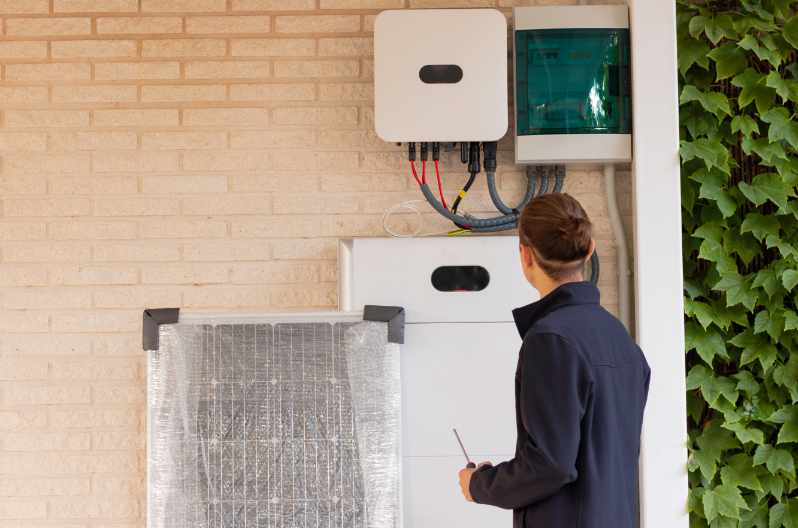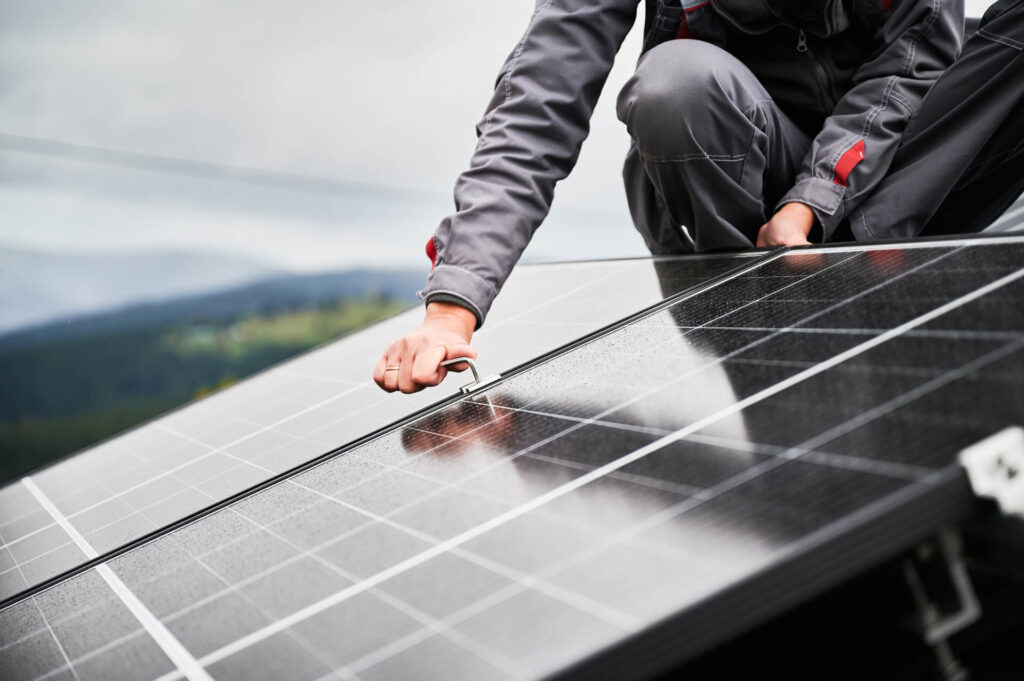
Solar Panel Installation
The core of a home solar system is the installation of solar panels on your roof or property. Professional installers assess your energy needs, your home's orientation to the sun, and other factors to determine the optimal panel placement. Proper installation ensures that your system generates maximum energy while seamlessly integrating with your home's aesthetic.
